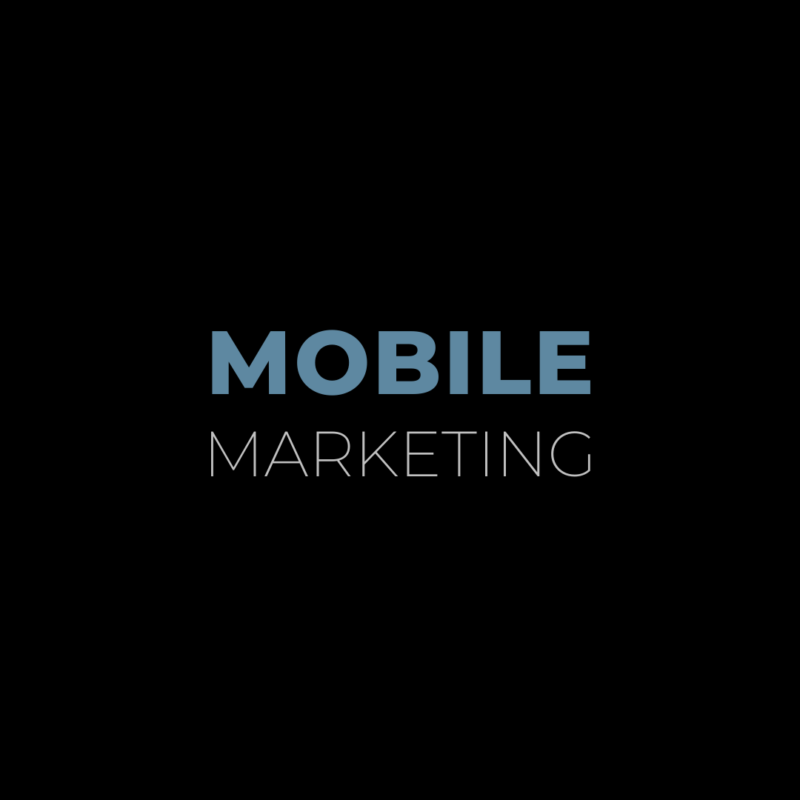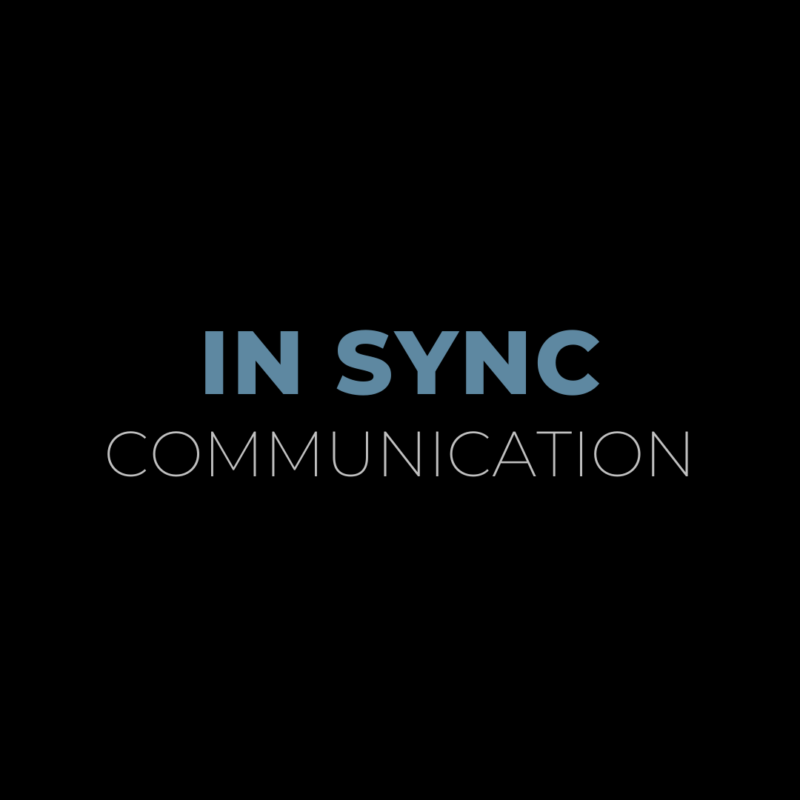Partying with a purpose – why measurable outcomes are essential to the success of an event
To determine the success of an organizational event, you have to have measurable goals. You don’t want to spend time planning an event for no reason! Having a goal in mind and circling back to that goal throughout the planning process will help you create a purposeful event.
Setting goals can be tricky if it’s a new endeavor, and determining how you’ll measure them can be even trickier. I recommend you start by simply identifying what you’re trying to accomplish overall through your event. Whether you’re trying to build brand awareness, raise money for charity or boost employee morale, every event should have a purpose behind the scenes.
Once you have a goal in mind, you’ll need to choose metrics to use as measuring sticks. Dollars raised and email addresses collected are easy, quantifiable metrics you can use to determine the success of your event. But tracking sentiment and feelings might prove to be more difficult. That’s what we’re going to help you with today.
Here’s an example. Recently, Obsidian helped HOPE Enterprise Corporation plan a huge conference, Rural Places, Rural Spaces: Closing Financial Service Gaps in Persistent Poverty America. Several key leaders, including United States Federal Reserve Chairman Jerome Powell, spoke about combating poverty that exists in rural communities. Our goal was to increase awareness of generational poverty in rural areas and finding methods to address it. After months of planning and hard work, the event was a success! How did we determine that it was successful? We were able to track conversations through hashtags and threads on social media and quantify a change in the dialogue as a result of the conference.
Depending upon your event and your organization, there are several different aspects you might tap into.
Attendance
One of the easiest ways to measure event success is by surveying attendance. Attendance as a metric is quantifiable and fairly simple to measure, so it’s often used by organizations to measure event success. But it’s not comprehensive. Just because an event was well attended does not mean it was successful.
Say you didn’t prepare well and had more people in attendance than you could feed. Or, maybe the people in attendance weren’t the right people. Guests could leave angry or dissatisfied, which may actually work against your goals. If you’re measuring your event’s success on attendance, you need to use additional metrics like guest satisfaction or hot leads collected to really determine your performance.
Another important factor when using attendance as a metric is asking whether or not the audience left with an understanding of your key messages. Was your organization explained effectively during the opening statements? Does the audience now have a call-to-action, and have they started to react? These are all important questions to consider.
Engagement
If the event was “something to write home about,” odds are, attendees posted something about it on social, visited your website or signed up for your email newsletter list. Do some digging to figure out what was being talked about the most at the event. Was the response particularly positive or negative? Were there any suggestions for improvement? Was the audience satisfied? Social media offers people a way to vent frustrations and encourage success, but it’s also an incredible tool when it comes to measuring event success.
Hashtags are a simple way to track engagement, and they’re used on almost every social platform. It’s a way to be a part of the conversation, which is an excellent way to engage with those interested in your event. This can also contribute to your brand’s authenticity and accessibility, as it would make the organization more interactive with its audience.
During and after our event, the hashtag #RuralPlaces trended on Twitter with tweets coming from our attendees and several others who simply wanted to join the conversation.
Media coverage
Another way to understand and measure the success of your event is by monitoring media coverage. This metric is especially important when the goal of your event is to build brand awareness. Media attendance and subsequent coverage are great ways to spread the news about your organization. Whether your stories run in print or online, it affords you the opportunity to showcase your event and create a more buzz for your organization. It’s also a good way to grow clientele and establish credibility for potential partnerships.
Partnership building
Partnerships, donations and new clientele for your organization are part of tangible measurements you can use to leverage success. Of course, when these types of relationships are made, they stem from positive experiences, thus assuring that the event received satisfactory marks from attendees.
You want to create partnerships for your organization or gain media traction? Invite VIPs, potential donors, and media who’d care about your event, personally. Showcase your event AND your organization within your invitation. Why should they care? What is the impact? Make sure to follow up weekly or bi-weekly, depending on the date of your event.
How to track these metrics
Once you’ve outlined how you’ll measure success, you need to set up systems that help you track and analyze post-event data. Search for media coverage online and keep a log of any that you find. Gauge how many social engagements you received by scanning through hashtags, geofilters and checking engagement analytics on your organization’s social posts. To track who and how many people attended your event, be sure to print the list of attendees from Eventbrite, or however tickets were distributed, and have a sign in table at the entrance of your event. As for partnerships, determine if a relationship was established through your event and proceed to reach out to potential partners to survey how they enjoyed their time.
Contrary to popular belief, event planning doesn’t start and end with the event itself. Measuring the success of your event is crucial as it relates to organizational goals. It’s asking yourself what worked and what didn’t, so you can plan accordingly for the next event and try to accomplish even more. It’s a good way to assure yourself and your company that it was worth it.



